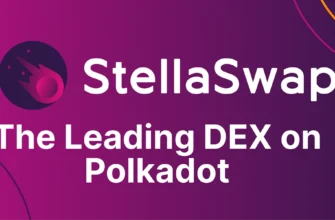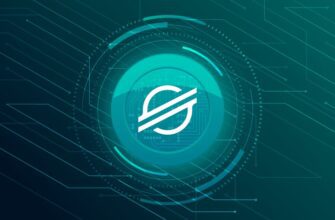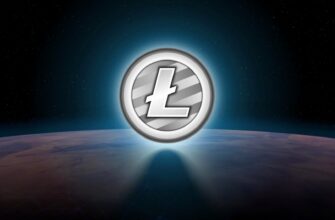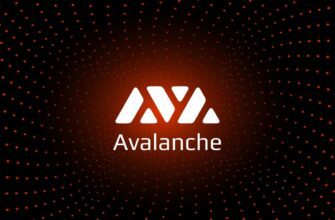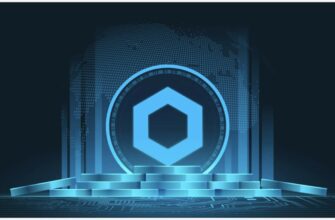What Is TRON (TRX)?
TRON (TRX) is a decentralized blockchain platform designed to build a free, global digital content entertainment system with distributed storage technology. Launched in 2017 by entrepreneur Justin Sun, TRON aims to eliminate intermediaries between content creators and consumers by using blockchain and peer-to-peer (P2P) technology.
The TRON network supports smart contracts, decentralized applications (dApps), and decentralized finance (DeFi). Its native cryptocurrency, TRX (Tronix), is used to power transactions and incentivize participation on the network.
Key Features of TRON
- Decentralization: TRON eliminates the need for centralized platforms like YouTube or Apple Music by allowing creators to publish directly to consumers.
- Smart Contracts: Developers can build smart contracts and dApps on TRON, similar to Ethereum.
- High Throughput: TRON claims to process up to 2,000 transactions per second (TPS), which is significantly faster than Bitcoin and Ethereum.
- Low Fees: TRON transactions typically have minimal or no fees, making it cost-effective for microtransactions and dApps.
How TRX Is Used
TRX, the native token of the TRON blockchain, serves several purposes:
- Transaction fees: TRX is used to pay for operations and transactions within the TRON ecosystem.
- Staking: Users can stake TRX to vote for Super Representatives who validate transactions.
- Payments: TRX can be used for payments within dApps or transferred between users.
- Trading: TRX is actively traded on most major crypto exchanges.
Pros of TRON (TRX)
- Scalability and Speed
TRON offers high transaction speed and throughput, supporting thousands of transactions per second, ideal for gaming and content platforms. - Low to Zero Fees
Unlike Ethereum, where gas fees can be expensive, TRON users often enjoy negligible transaction costs. - Active Development and Ecosystem
TRON boasts a large and growing ecosystem of dApps, DeFi projects, and NFT platforms. - Strong Community Support
TRON has a large user base, and its CEO, Justin Sun, actively promotes the platform, contributing to its visibility. - Staking Rewards
By staking TRX, users can earn rewards while contributing to the network’s security and governance.
Cons of TRON (TRX)
- Centralization Concerns
Although TRON promotes decentralization, critics argue that control remains concentrated among a few Super Representatives and the TRON Foundation. - Reputation and Criticism
TRON has faced allegations of plagiarism in its early whitepaper and criticism over aggressive marketing tactics. - Limited Adoption Outside Asia
While TRON is popular in certain regions, its global adoption lags behind platforms like Ethereum or Solana. - Competition in Smart Contract Platforms
TRON faces strong competition from Ethereum, Cardano, Solana, and others in the smart contract space.
Is TRON (TRX) a Good Investment?
As with any cryptocurrency, investing in TRX carries both potential and risk. Its strong technical infrastructure, active development, and low transaction fees make it attractive for developers and users alike. However, centralization concerns and market competition are factors investors should consider.
Always conduct your own research and consider your risk tolerance before investing in any digital asset.
Final Thoughts
TRON (TRX) is more than just a cryptocurrency—it’s a decentralized platform with ambitions to reshape the digital content industry. With its high-speed transactions, growing dApp ecosystem, and cost-effective network, TRON remains one of the more prominent players in the blockchain space.
Whether you’re a developer, investor, or crypto enthusiast, understanding what TRX offers—and where it may fall short—can help you make informed decisions in the evolving world of blockchain technology.


